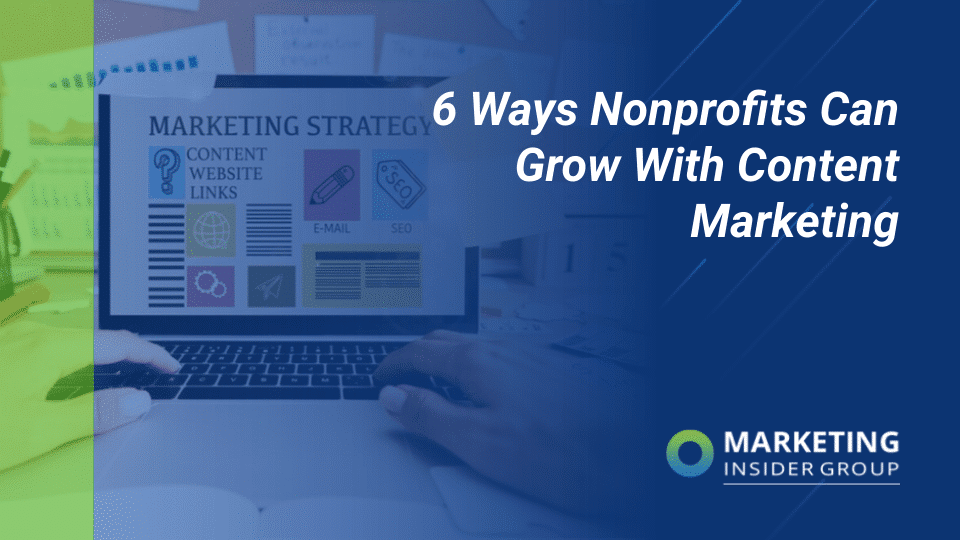
Can We Adapt Ourselves To Adaptive Content
I know seeing the cover image might have given you the creeps. But let’s try and focus, shall we?
For years we have been arguing with our design team about creating the perfect social media visuals. Every platform from Facebook, Twitter and LinkedIn has its size guidelines, and visuals need to be created according to the defined size. As designers need to understand about making visuals look perfect on varied screen sizes, we’ll look at the how content can be framed instead of being fragmented. Instead of focusing on how content can work out for different devices it is crucial to understand its value for the readers.
This is where Adaptive content comes in! Yes, it may seem like another buzzword. But here’s the approach came in.
Adaptive Content – There and back again
For years there have been talks about utilizing content on varied devices. Making content flexible for multi-channel publishing has also been discussed by Ann Rockley as ‘Intelligent Content.’ NPR (National Public Radio) and the COPE (Create once publish everywhere) approach is remembered for the use of adaptable content. NPR’s content distribution strategy included delivering content on multiple devices leveraging a CMS and an API which gave third parties the access to NPR’s content which handled publishing everywhere.
So, you could see a story on npr.org, on an iPhone app as well as a player.
Thereby, providing content specific to different devices. With the result, NPR saw a fantastic return on investment, yes as much as 81 percent by working with an API. Anytime they wanted to put up content, all they needed was an API. The approach involved structuring the system & workflow, delivering the content to focus on the editorial aspect, naming it adaptive content.
Context and content
Adaptive content is not only a change in the content’s appearance but includes an array of other factors which determines its substance. Karen McGrane lists down the factors which include
- Device (mobile, tablet, desktop)
- Context (Time, location, temperature, humidity)
- Person (Age, gender, language)
Adaptive content isn’t device specific and covers all channels which makes it suitable to support meaningful interactions with customers. Though it may bear resemblance to responsive design, adaptive content refers to customized delivery of content whereas responsive works to address the content layout. To further understand the role of adaptive content, let us take a look at the current business environment.
Omni-channel and customer experience

We now live in a world where providing a seamless consumer experience is key for business growth. The Omni-channel model aims to understand and optimize the user journey across all channels. It can be online from a desktop or mobile device, print, and human channels as well. One of the key factors of differentiation between Omni-channel and multi-channel is the integration between the channels. Omni-channel puts the customer at the core of the strategy and ensuring an end to the corporate silos. An example of the approach is the integration of the brick and mortar store with the online inventory as a customer can easily check the available stock of a company’s website to pick up a product at his chosen location. For Omni-channel to be successfully executed, appropriate context content is imperative.
Adaptive content and Personalization
The more real value you provide to your customers, the more will be able to glow among the competition. The content marketing approach is based on providing value to your target audience, that can be realistically achieved by delivering high-value content rather than blank messages.
Here’s an example of adaptive content, where the content changes according to some factors – the device, the environment, and the person. Adaptive content for a game can be in the form of instruction such as ‘tap to play’ on a mobile and ‘select keyboard control’ on the desktop.
To start the process of a delivering relevant content, it is important to look at the following:
- The users – who are they, what are their goals and beliefs. How can you provide a solution to reach their goals and add value?
- Location – where are they? Their geographical location and demographics.
- Content access – how do they access the content and when? The time of the day when they are active.
- Context – you may want to predefine the factors which your audience values.
- Devices – how do they search the content?
- Reason – why the need to create adaptive content? Establishing the ROI for adaptive content.
- Variations – you may need to create short form and long form content to meet the needs of different devices.
- System Rules – Define the rules which tell the system to display the content as per the devices. Bridge the gap between UX design and content.
The Business advantage of adaptive content
- Create content which suits an audience of a particular region, that is where personalization comes into play.
- Gain attention share by conveying your message in a way the audience speaks.
- Create a business case, with the clear objective to establish an adaptive content ROI.
- Optimize specifically for a particular situation.
- Become the key differentiator in the market with the personalized approach.
- Publish to multiple platforms easily.
- Help the reader to discover content conveniently.
- Simplify the translation process by streamlining the management of content.
- Improve retention rate, as your readers get relevant content.
- Future-proof your strategy by adapting to the changing business environment
- Integrate every aspect of the subsystem – design, technical and content for providing an immersive experience to the audience.
Adapt and Grow

Brainstorm the answers to these questions for an appropriate Omni-channel content strategy. People will benefit in every sphere of the experience facilitated by adaptive content. There has always been a race to see who will meet the customers’ expectation first and a lot of effort goes into creating a meaningful user experience with content. You’ll need to collaborate, research and most importantly listen to other team members as organizational success rests on it. Adaptive content strategy and delivery might seem complex, but a journey of thousand miles begins with a small step.






